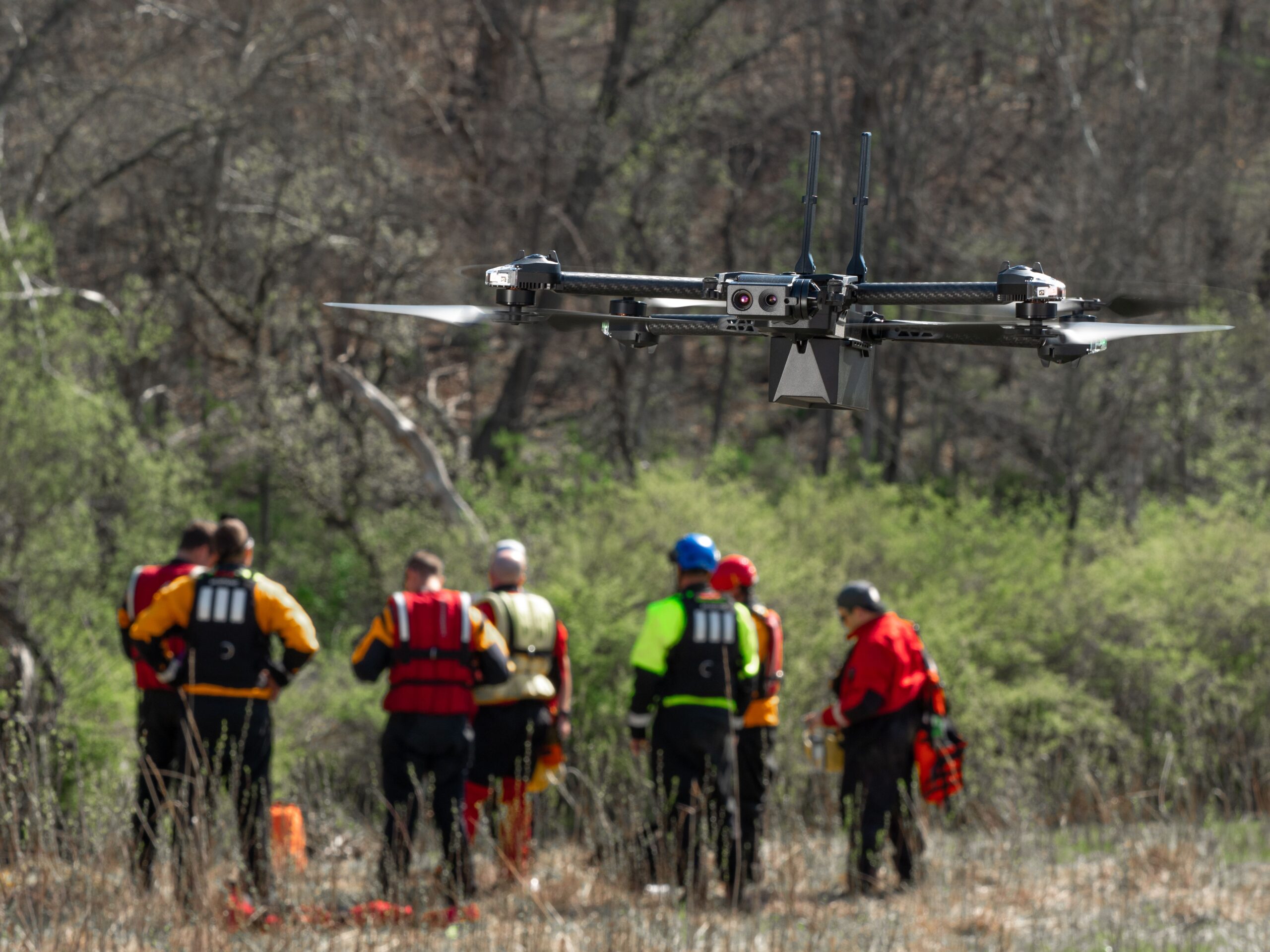Drones have become essential tools for search and rescue (SAR) operations and law enforcement agencies. Their ability to quickly access hard-to-reach areas, provide aerial surveillance, and deliver critical supplies makes them invaluable for saving lives and improving public safety. However, operating drones for these purposes requires proper licensing and knowledge of flight regulations.
The Role of Drones in Search and Rescue
Search and rescue teams use drones to locate missing persons, assess disaster zones, and guide rescue efforts. Equipped with thermal imaging cameras and GPS technology, drones can detect heat signatures in remote or hazardous areas, speeding up search efforts and increasing survival chances.
Key Benefits of SAR Drones:
- Rapid deployment in emergencies
- Ability to navigate dangerous terrain
- Real-time video feeds for ground teams
- Thermal imaging for night searches
- Delivery of medical supplies or emergency equipment
Law Enforcement and Drone Technology
Police departments use drones for various purposes, including:
- Crime scene analysis – Capturing aerial footage for investigation
- Surveillance – Monitoring large crowds or tracking suspects
- Disaster response – Assessing damage and coordinating relief efforts
- Traffic monitoring – Managing congestion and accident response
- Search missions – Finding missing persons or suspects in challenging areas
Drones provide a non-intrusive way to gather intelligence and enhance situational awareness without endangering officers.
The Need for a Part 107 License
Operating drones for commercial or governmental purposes, including SAR and law enforcement, requires a Part 107 Remote Pilot Certificate from the Federal Aviation Administration (FAA). This certification ensures that drone pilots understand airspace regulations, emergency procedures, and operational limitations.
Part 107 Requirements:
- Pass the FAA’s Aeronautical Knowledge Test
- Register the drone with the FAA
- Follow operational rules (e.g., flying below 400 feet, avoiding restricted airspace)
- Maintain a visual line of sight during operations
- Obtain waivers for night or beyond-line-of-sight flights (if needed)
Need help preparing for the Part 107 exam?
Dangers of Unregulated Drone Use
While drones offer numerous benefits, improper use can lead to serious consequences. Earlier this year, an unauthorized drone interfered with wildfire suppression efforts in California, causing a plane to sustain significant wing damage while dropping water on the fire. Such incidents highlight the importance of adhering to FAA regulations and ensuring that only trained pilots operate drones in sensitive environments.
Conclusion
Drones are transforming search and rescue operations and law enforcement strategies, providing new ways to enhance public safety. However, proper training, licensing, and adherence to regulations are crucial for responsible drone use. Law enforcement agencies and SAR teams must invest in certified pilots and follow FAA guidelines to maximize drone effectiveness while ensuring safety.


Leave a Reply